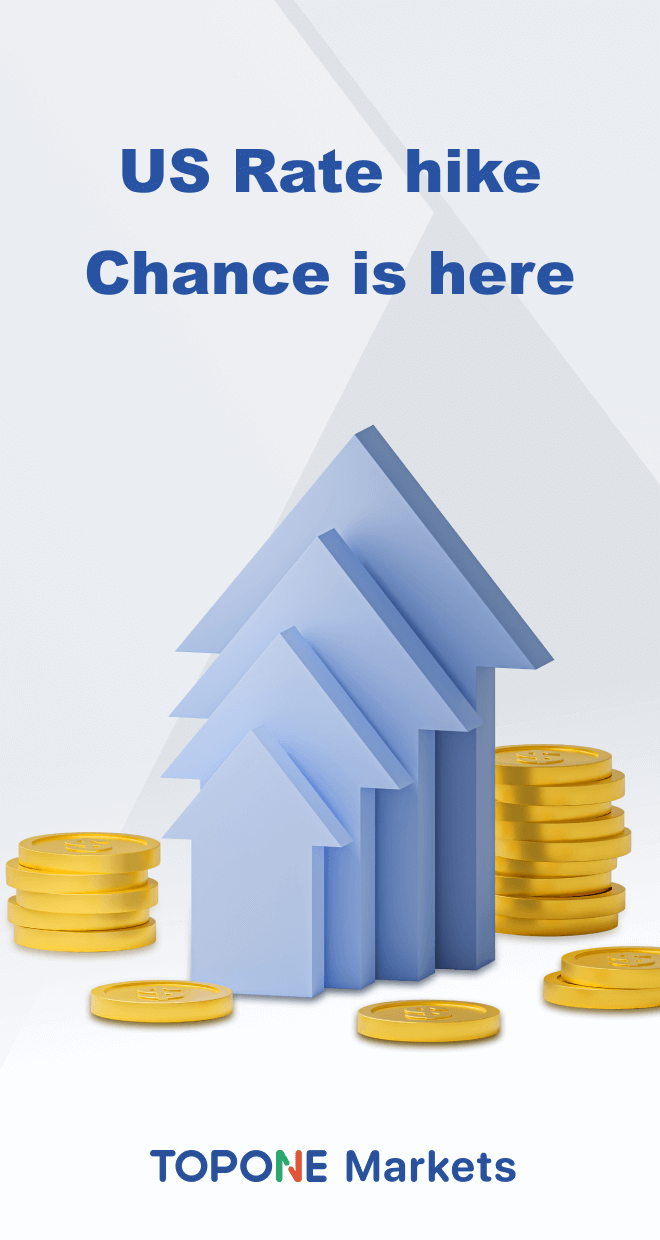Following a more than 2 percent decline in the previous session, gold futures are sliding lower on Wednesday, nearing their lowest level since late December. Despite the early loss, trading remains weak as traders await the publication of critical economic data and the minutes of the Federal Reserve’s most recent monetary policy meeting.
At 11:08 GMT, Comex gold futures for August are trading at $1761.30, a decrease of $2.60 or 0.15 percent. Tuesday’s closing price for the SPDR Gold Shares ETF (GLD) was $164.74, down $3.58, or -2.13 percent.

The majority of traders are more concerned with the path of U.S. interest rates and the U.S. Dollar than they are with low pricing.
The Federal Reserve controls the direction of interest rates generally. It is anticipated to maintain the upward pressure on interest rates in order to reduce inflation. This is the most significant factor depressing gold prices.
However, rising worries of a recession are causing investors to seek refuge in U.S. Treasuries and the U.S. dollar. The strong dollar is another factor in the decline of gold prices.
Rising interest rates diminish the demand for non-yielding gold, while a stronger currency reduces international demand for gold priced in dollars.
After a turbulent day on Wall Street, U.S. Treasury rates increased early on Wednesday, but the 2-year/10-year yield curve remained inverted, a major recession indicator.
The market has grown more apprehensive about the possibility of a recession. As economic data has deteriorated in recent weeks, Federal Reserve Chairman Jerome Powell has pledged vigorous action to combat soaring inflation. If the central bank raises interest rates too sharply, the resulting economic slowdown might trigger a recession.
On Wednesday, the U.S. Dollar continues to advance versus a basket of major currencies, particularly the Euro and the British Pound. The move is prompted by increased petrol costs in Europe and the United Kingdom, which is fueling worries of a recession. It is also causing investors to seek refuge in the United States dollar.
Traders are already speculating that not only is a recession shaking the markets, but also the depth and duration of this recession.
Similar to the European Central Bank (ECB), the Federal Reserve must balance the need to rapidly raise interest rates to combat inflation without triggering a recession. Traders are anticipating that the release of the Fed’s June 14-15 meeting minutes will reveal if the Fed has a plan to combat inflation while attempting to avert a recession.




